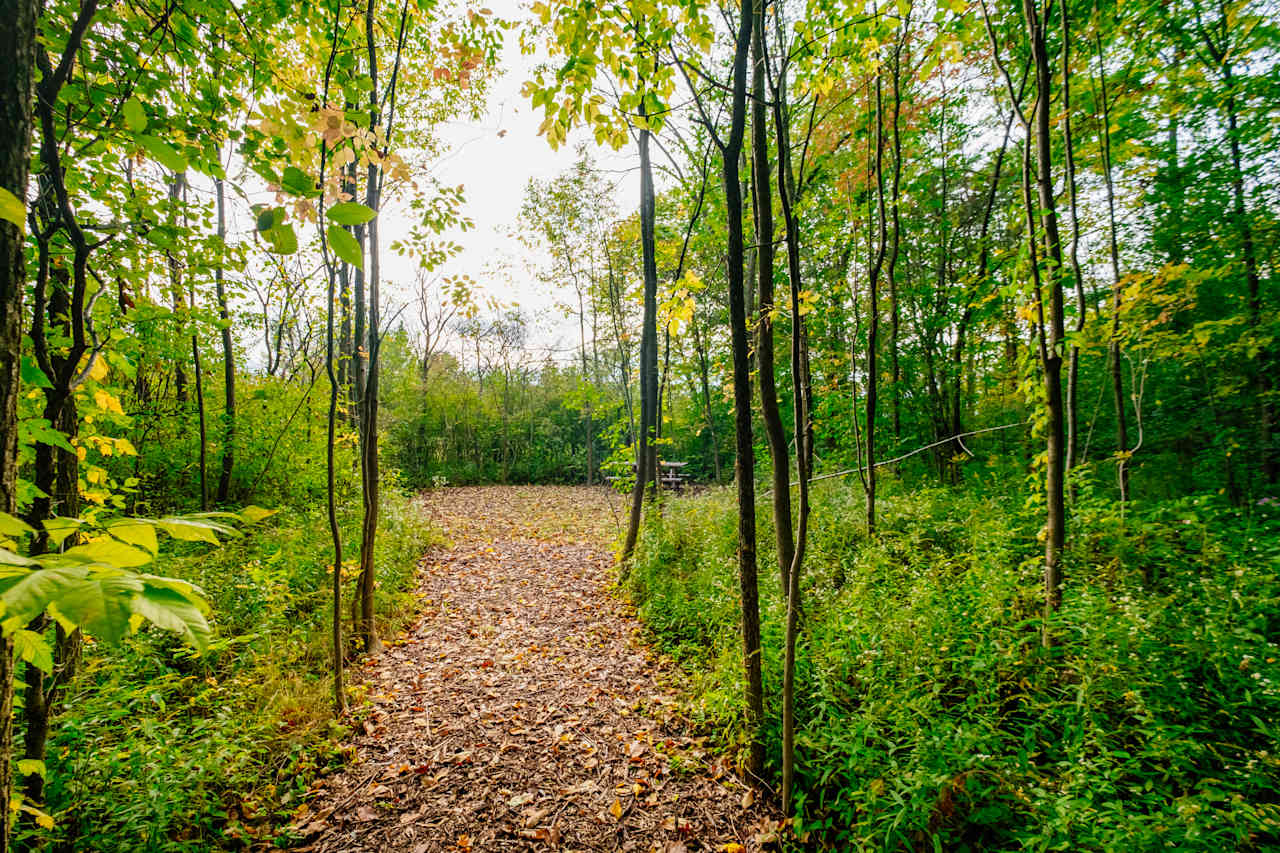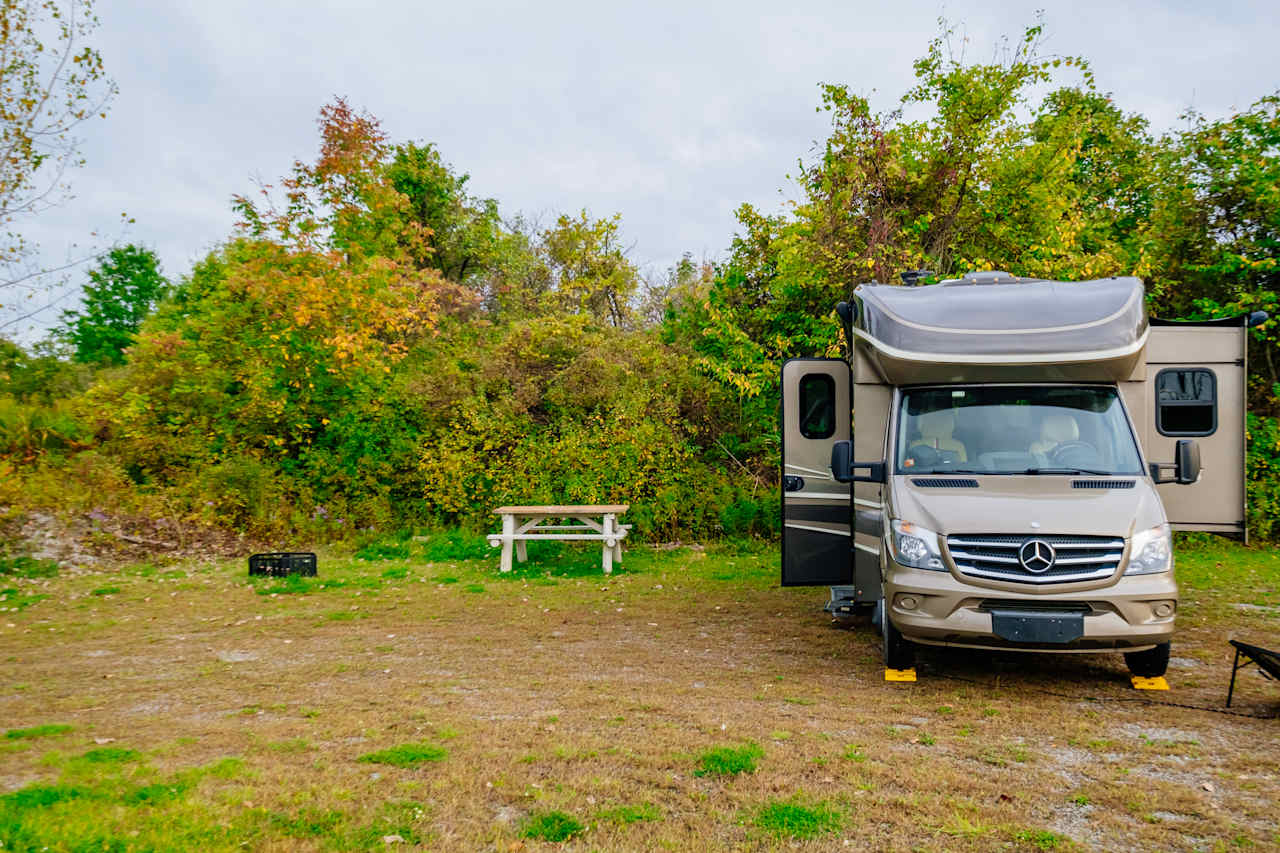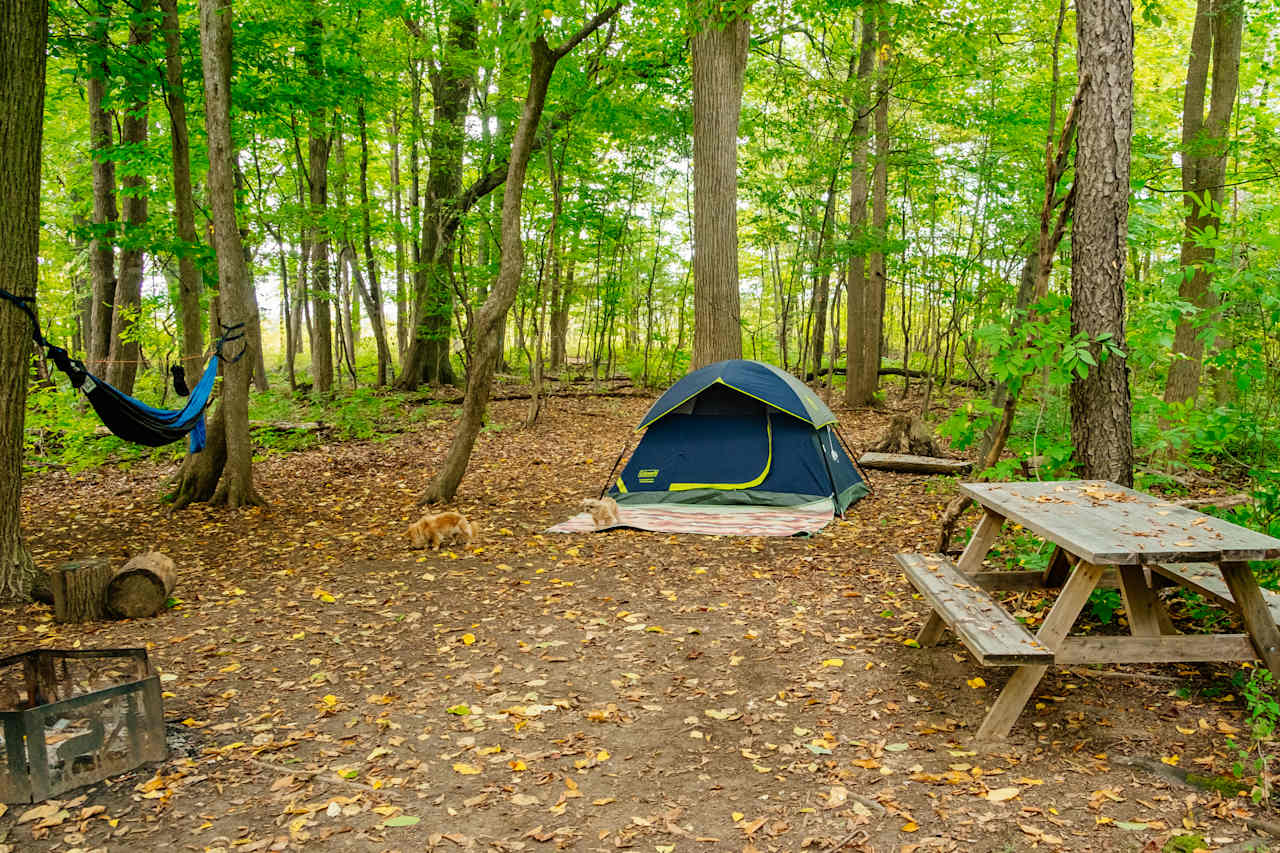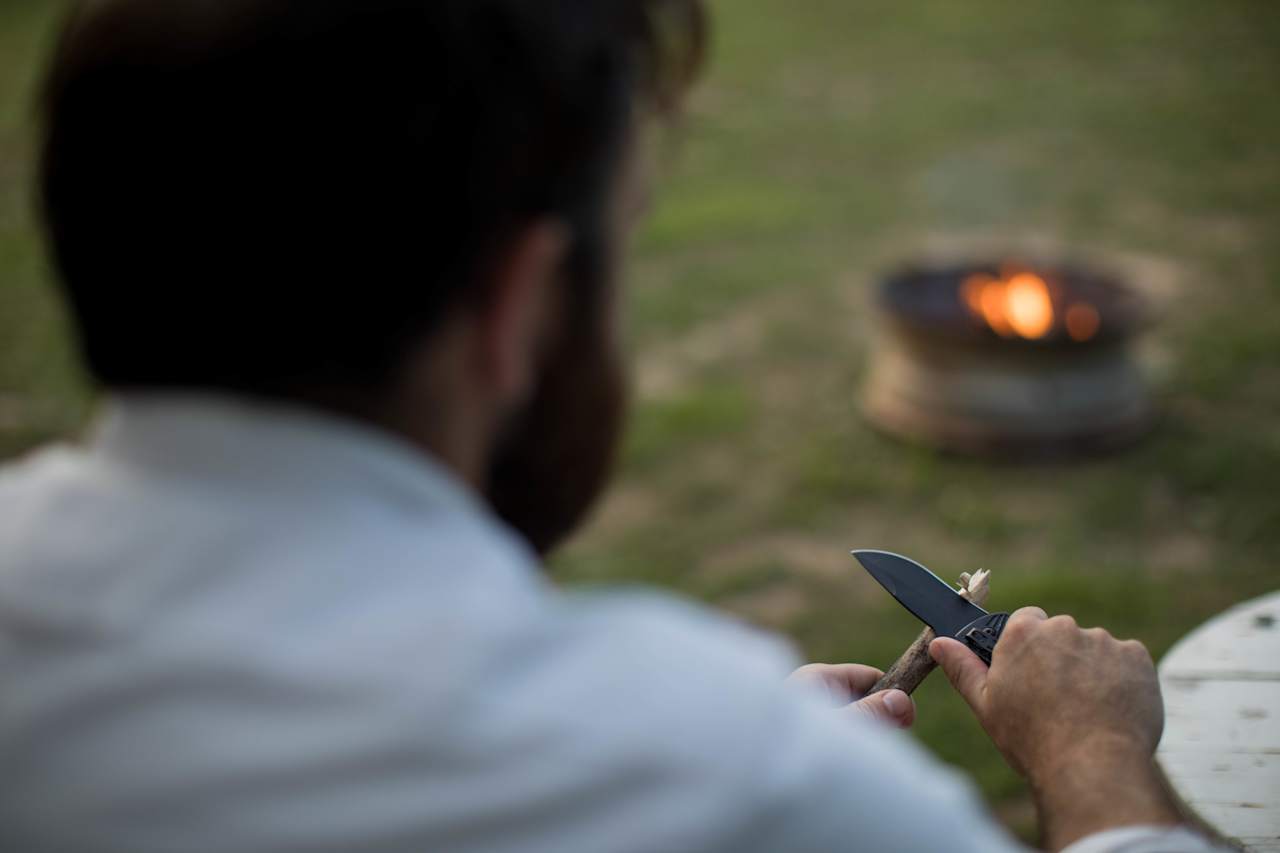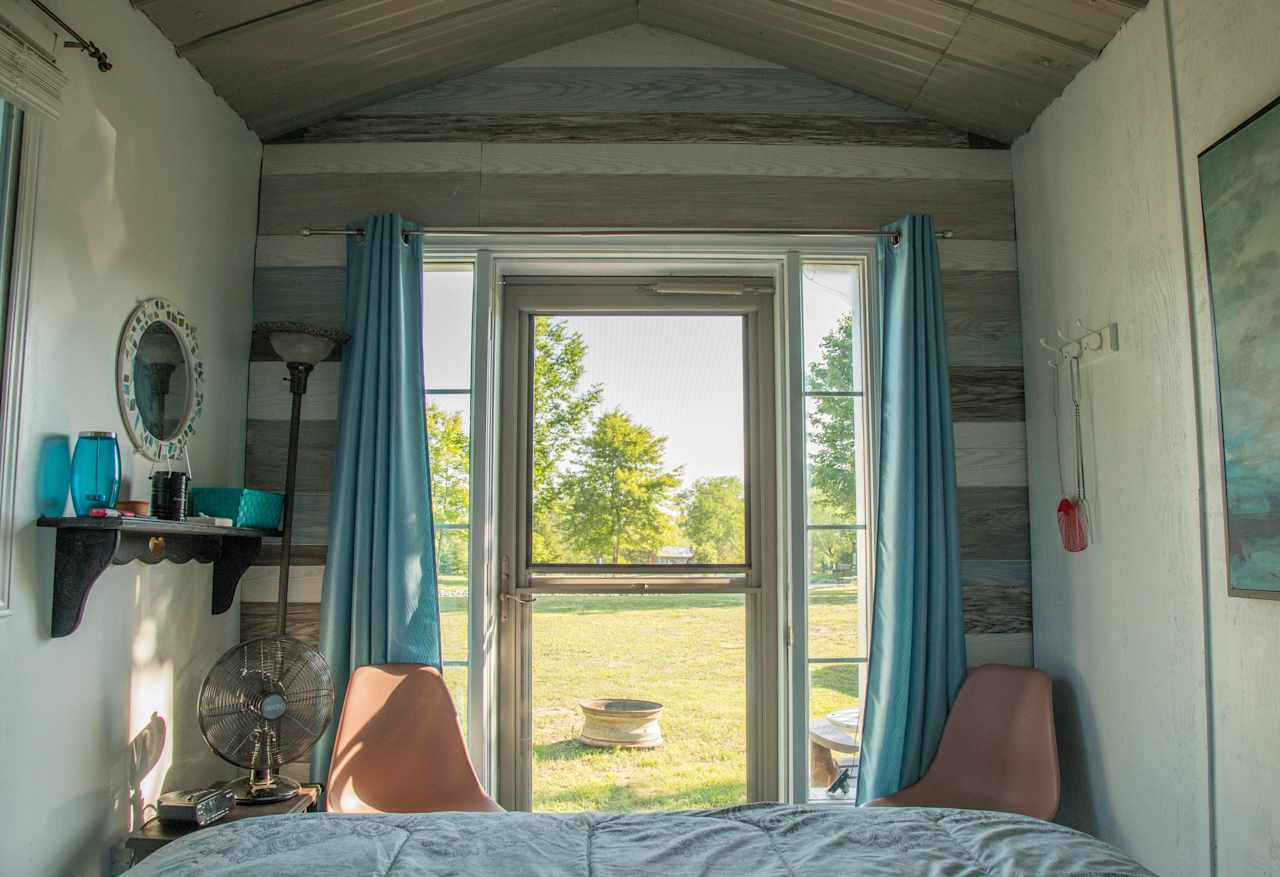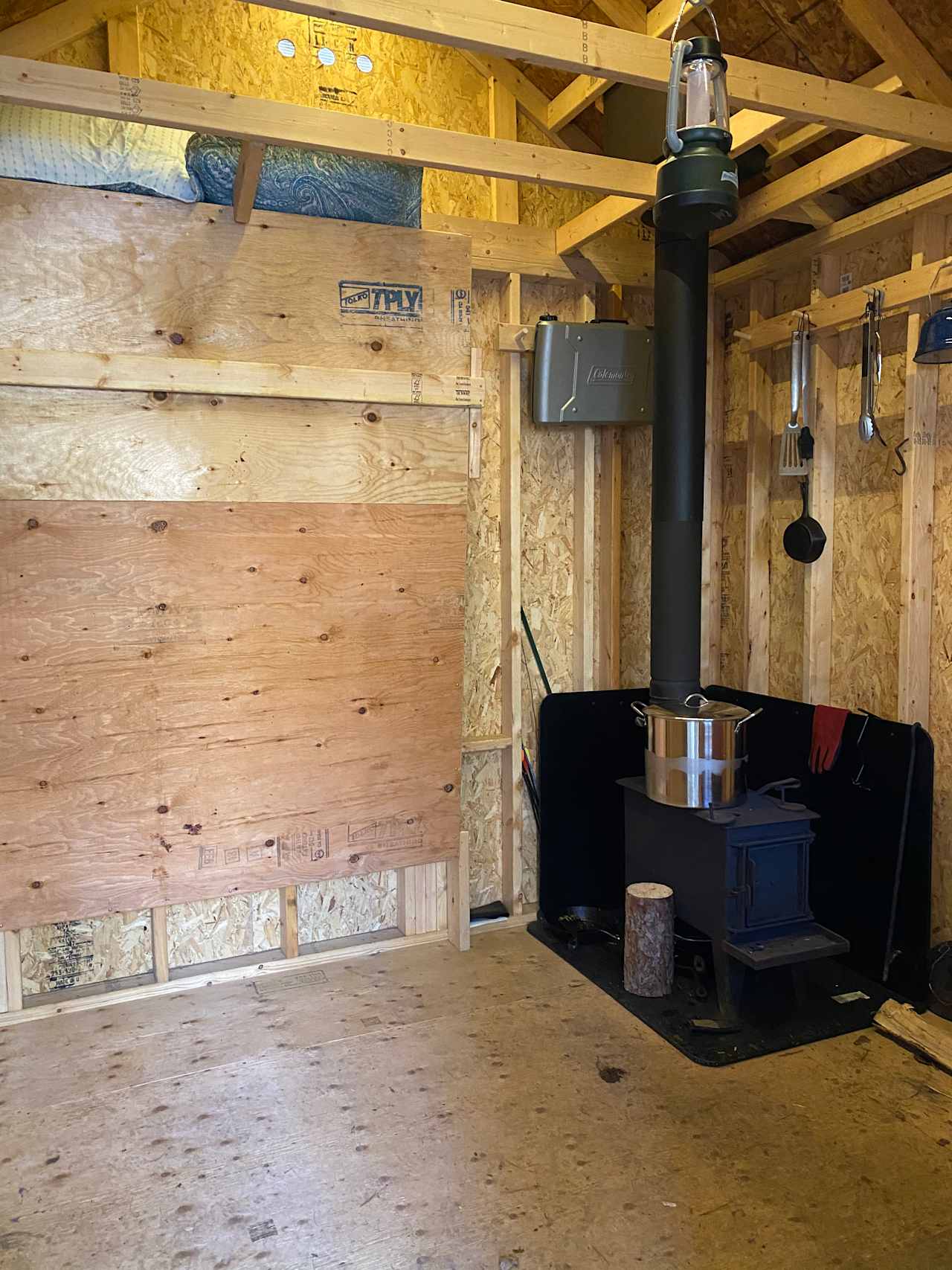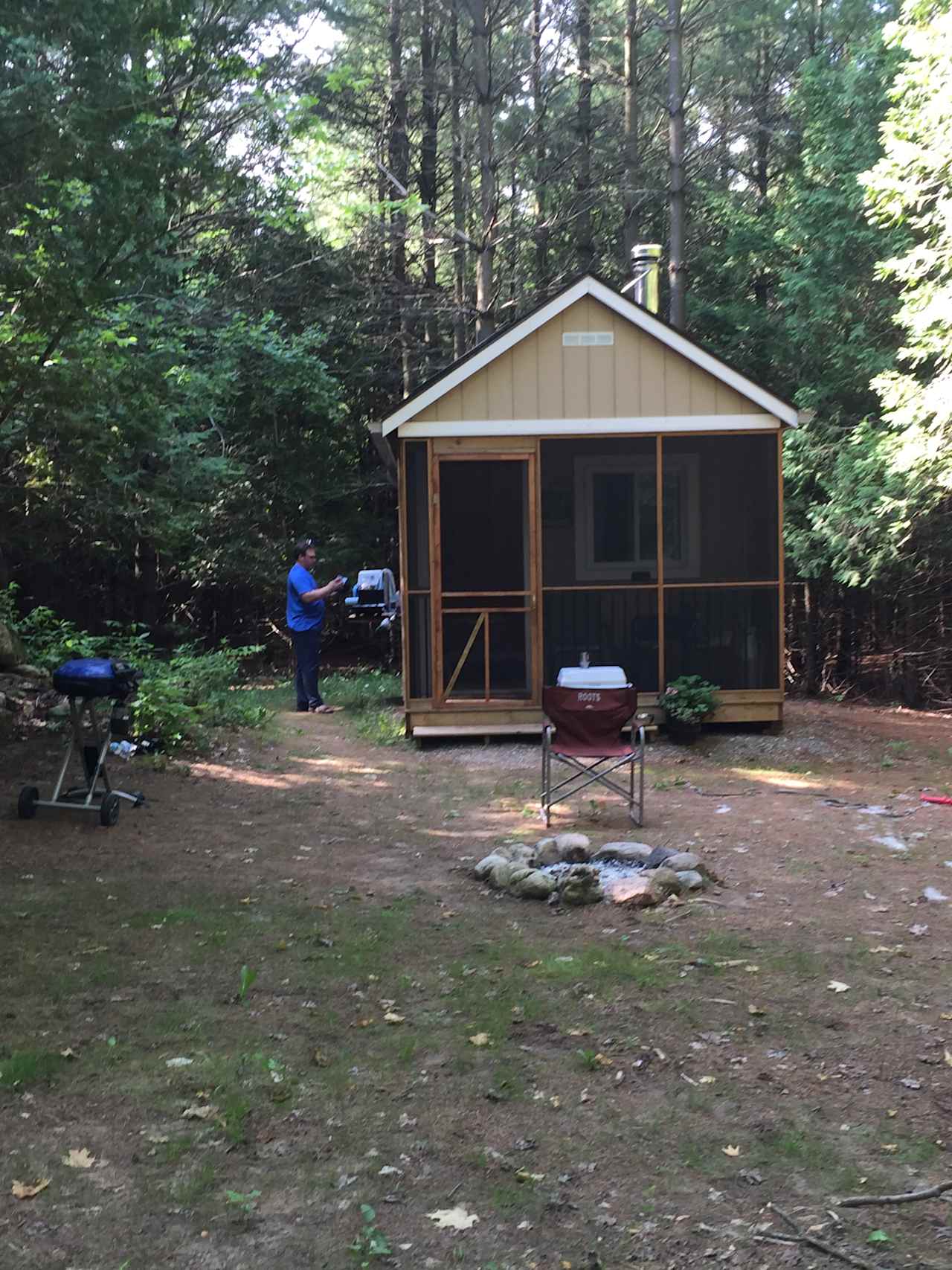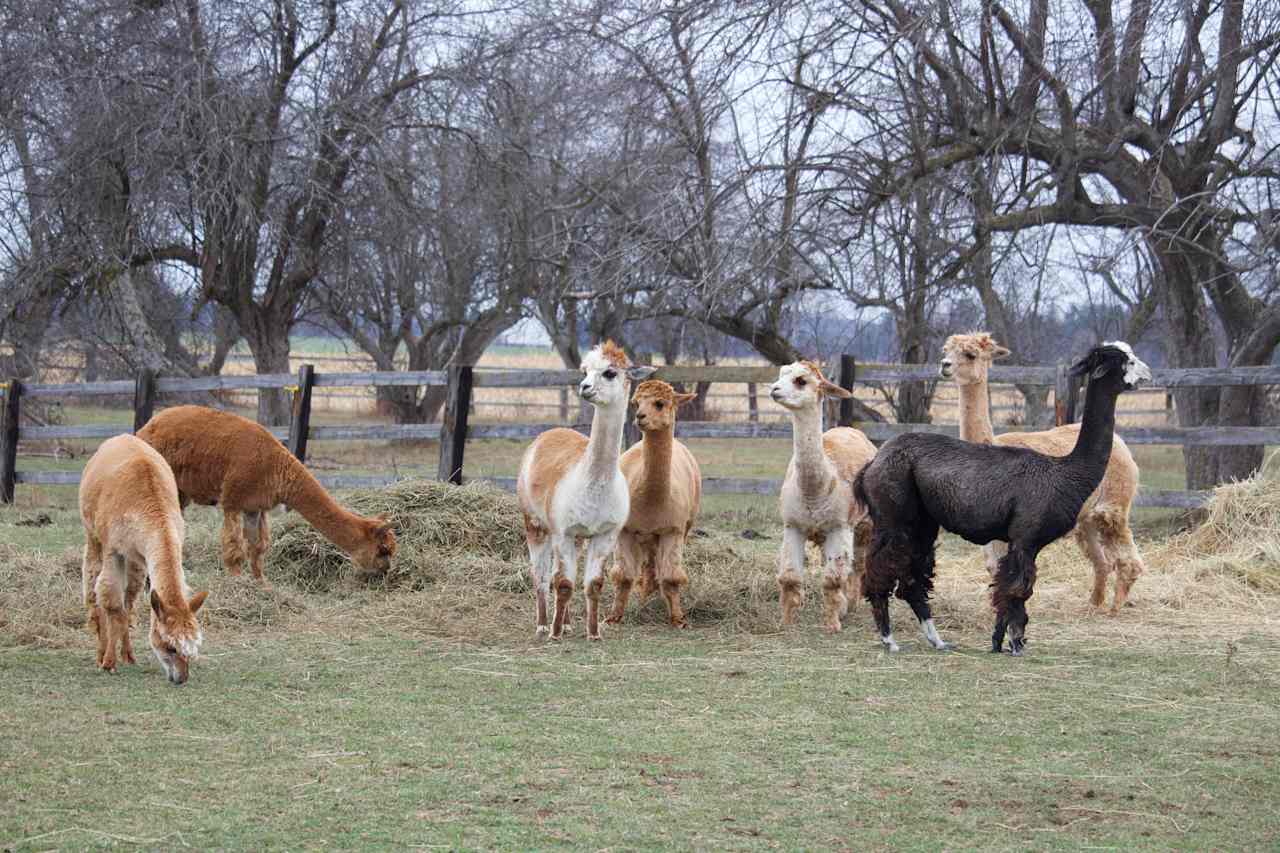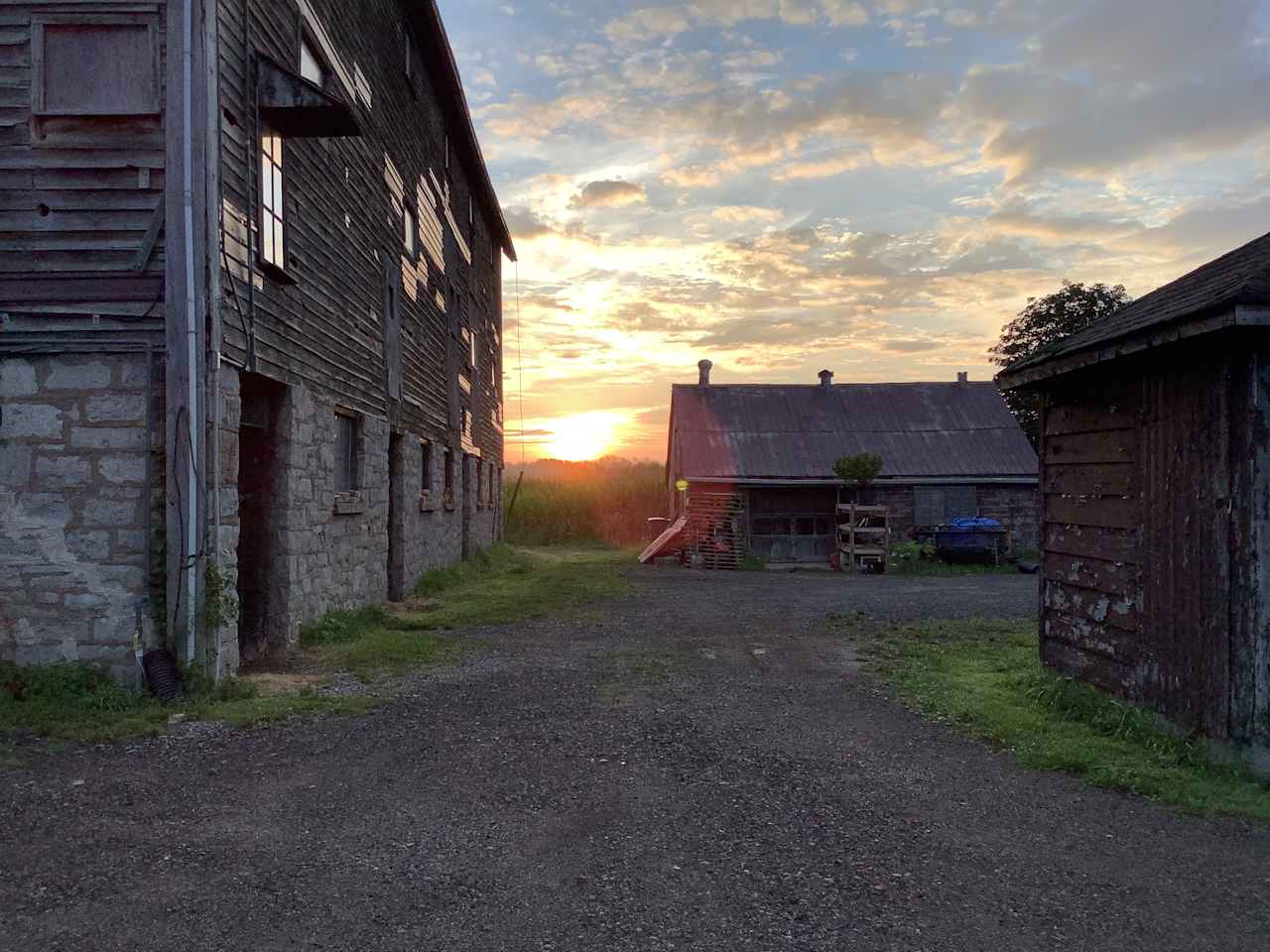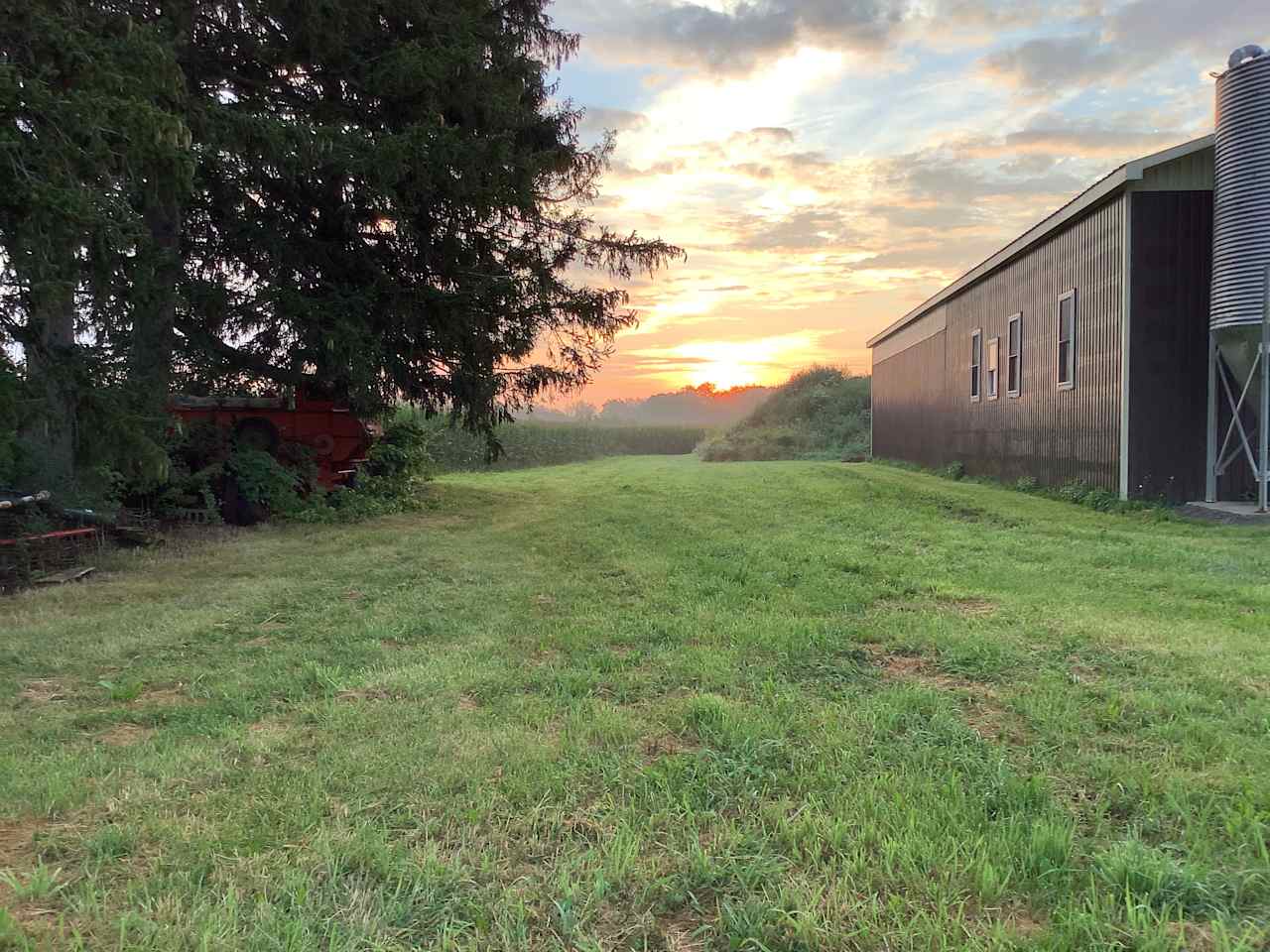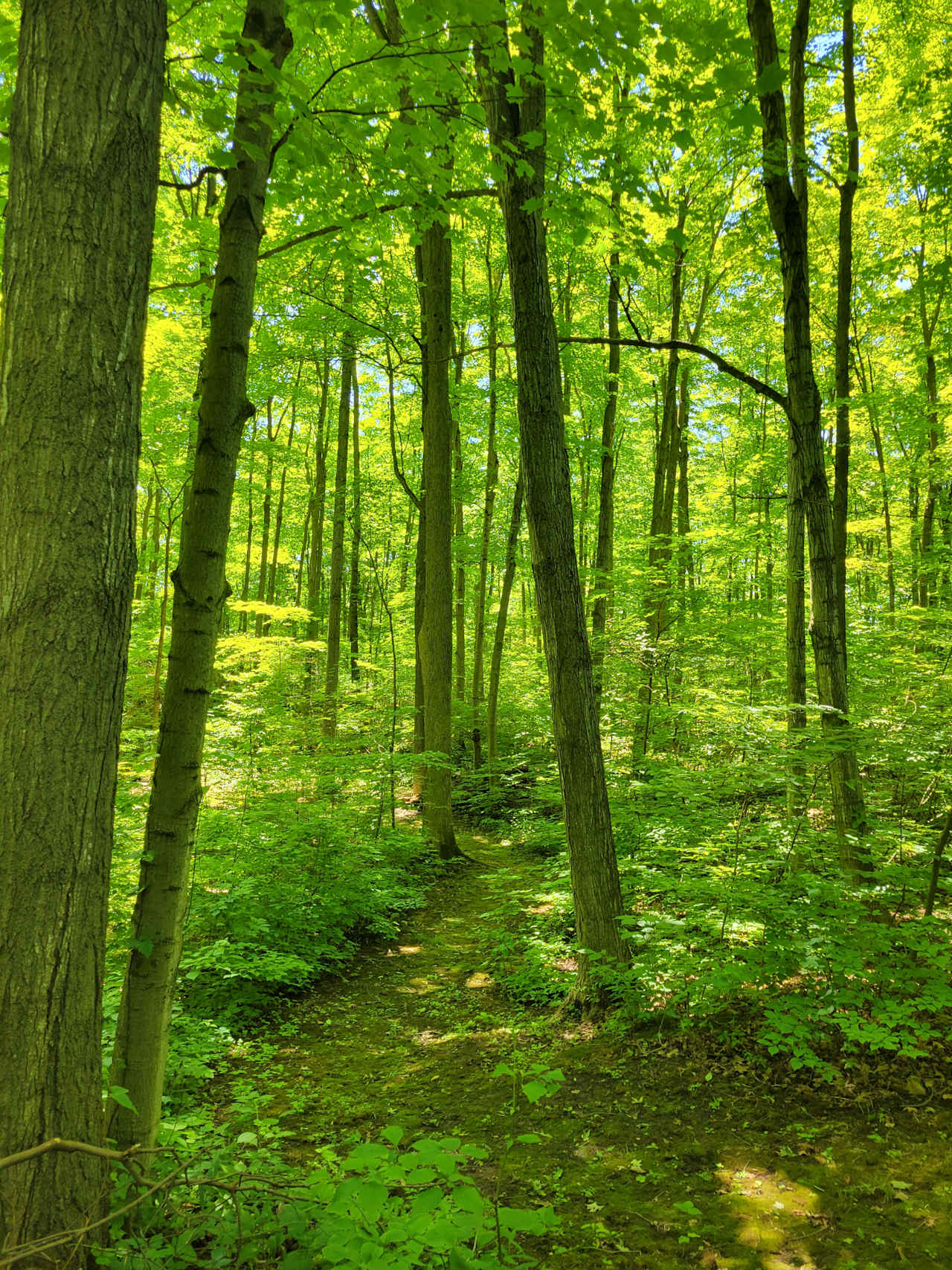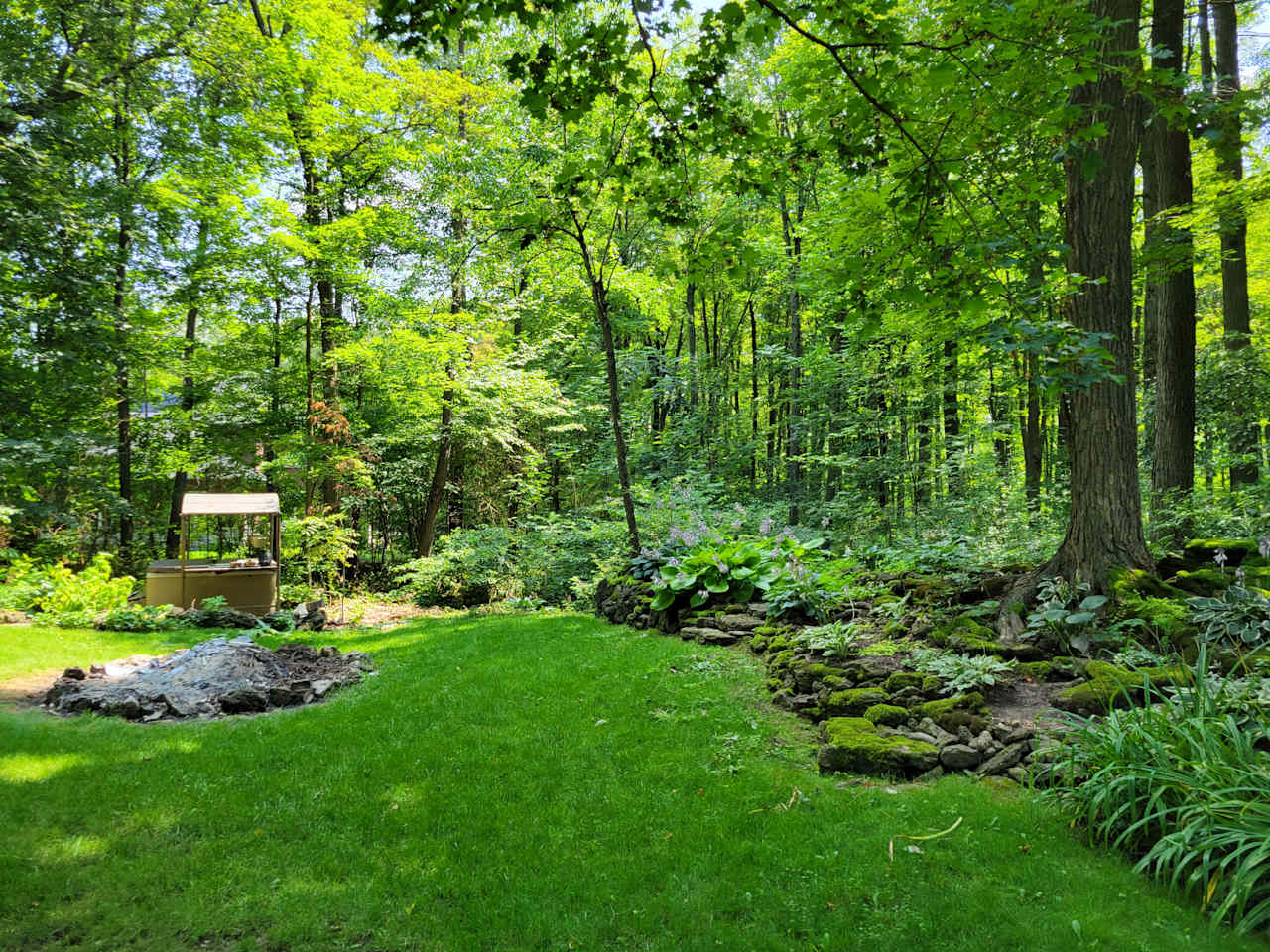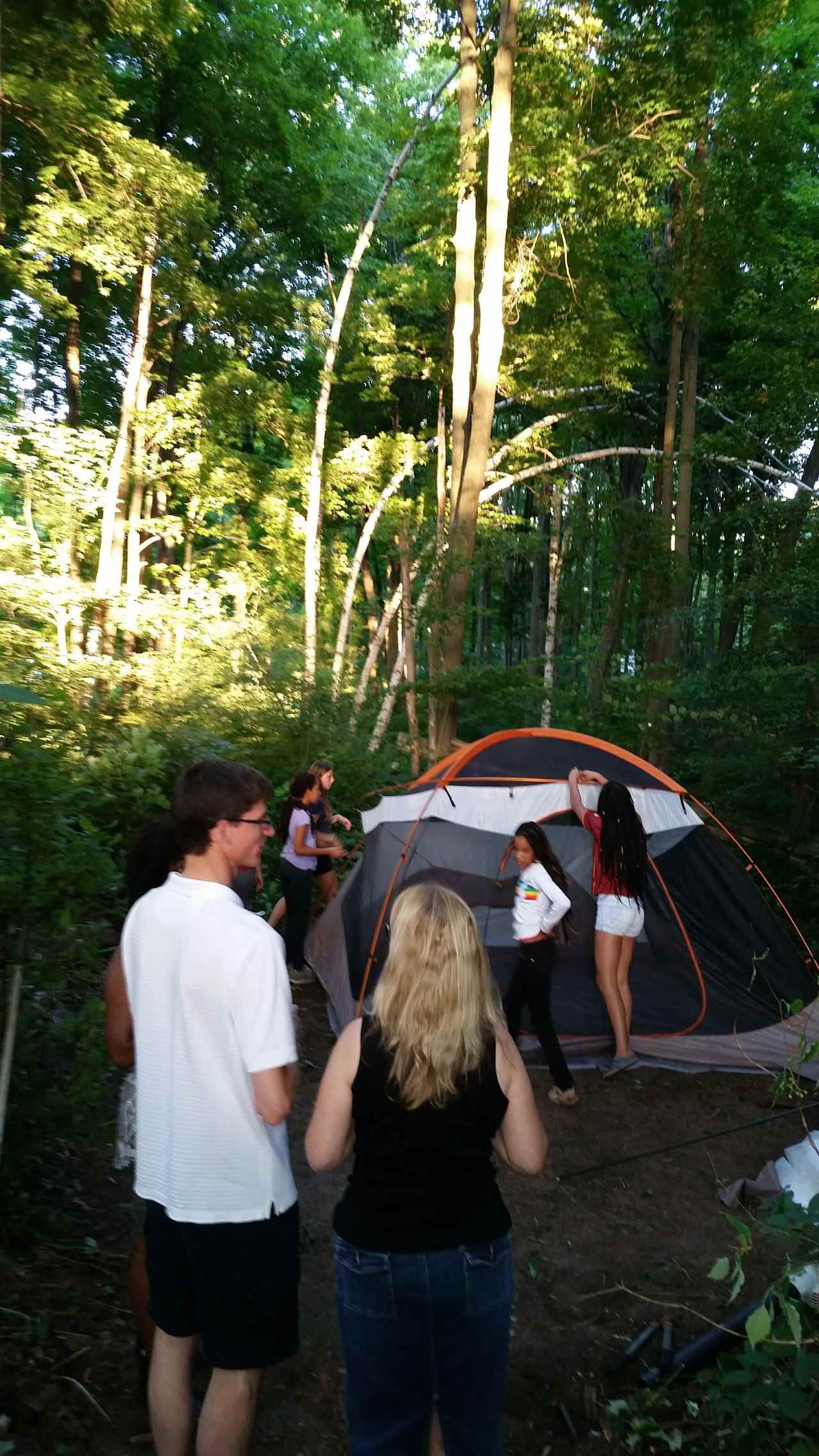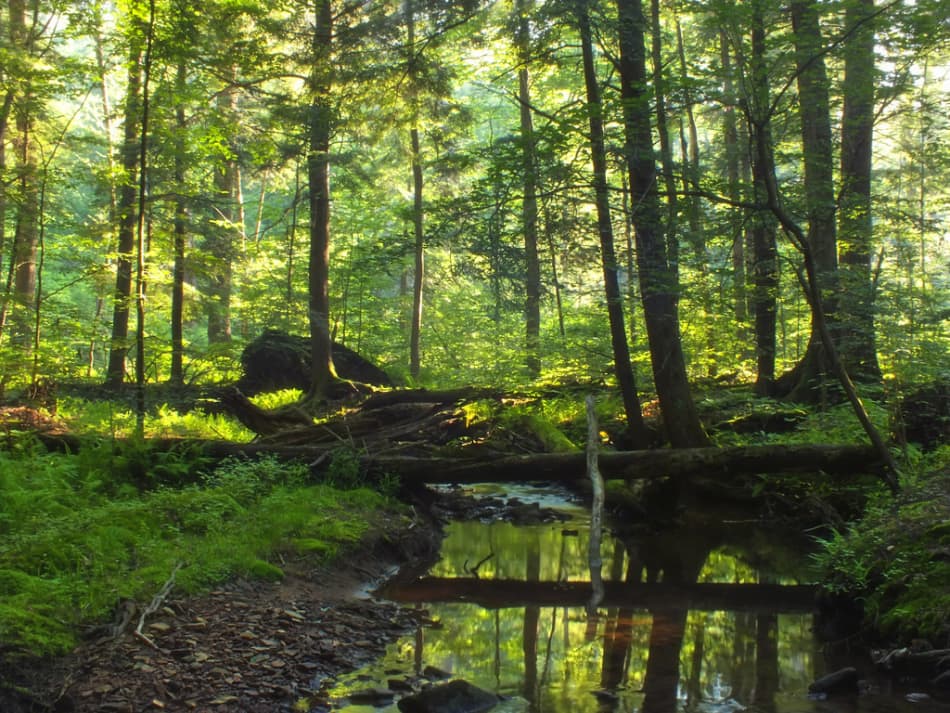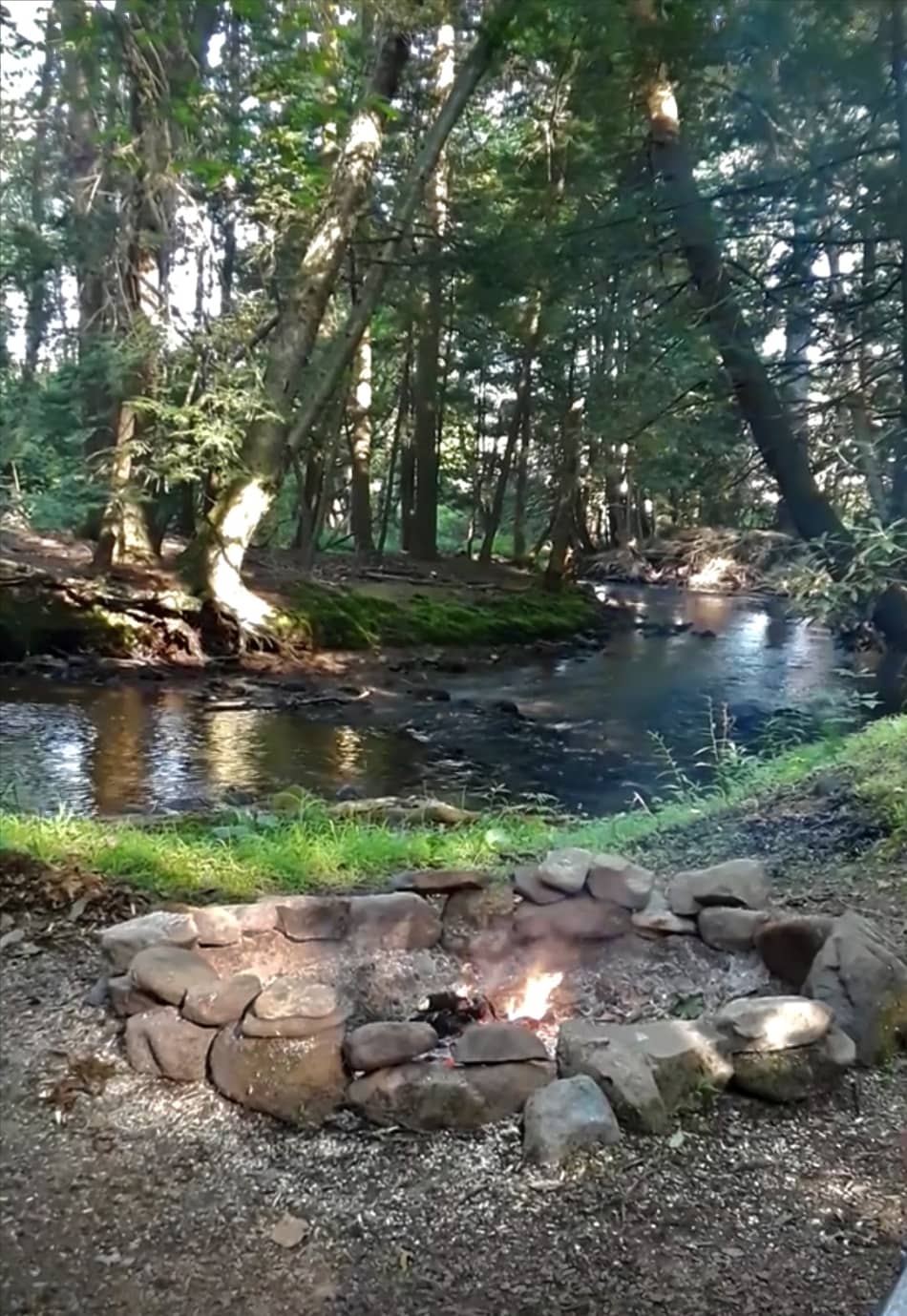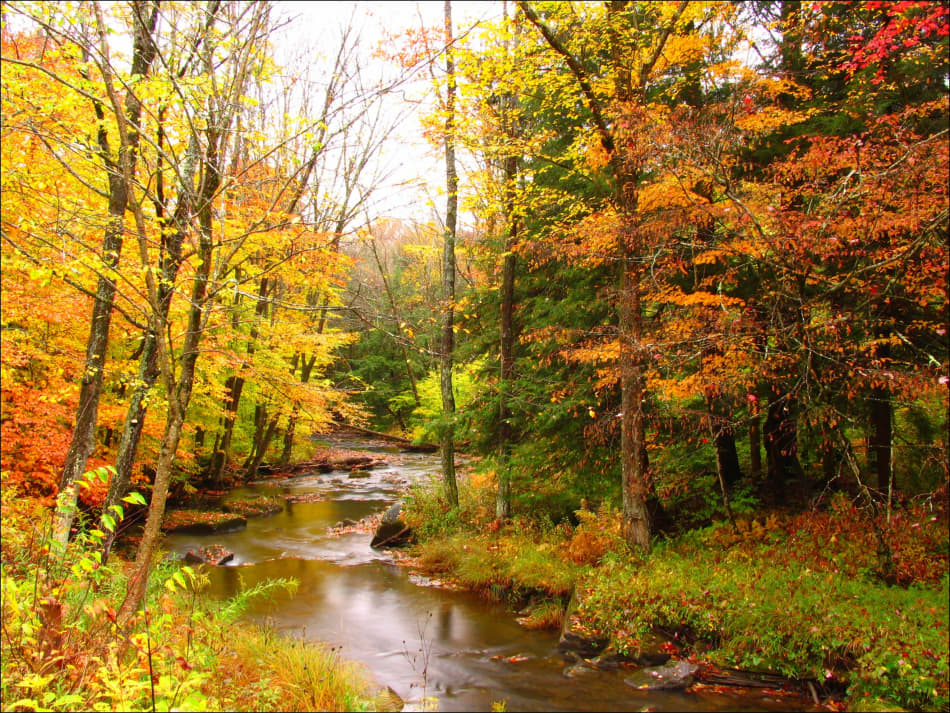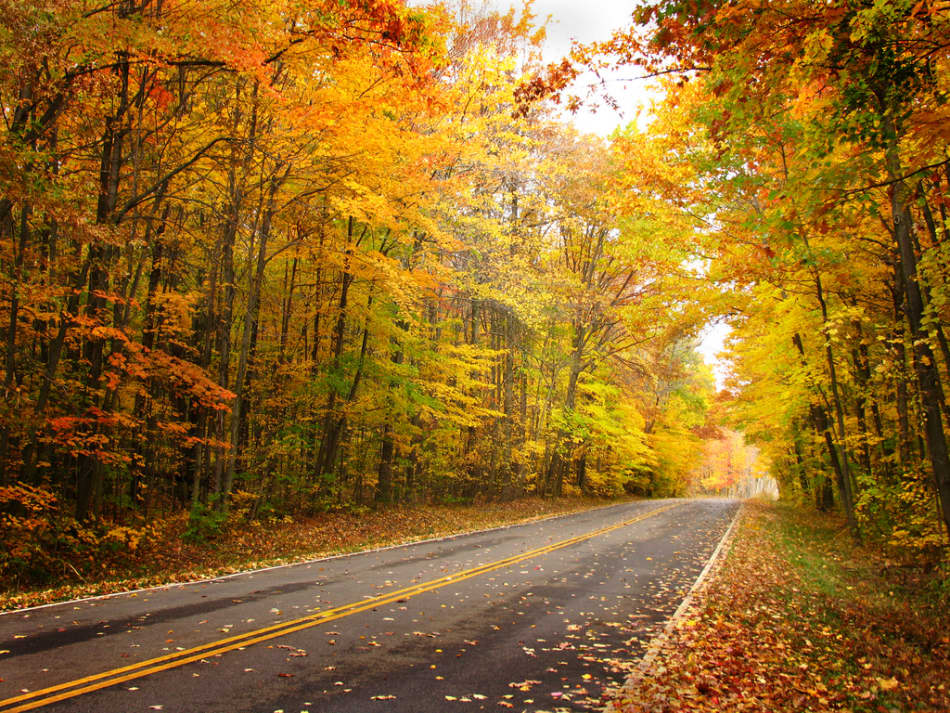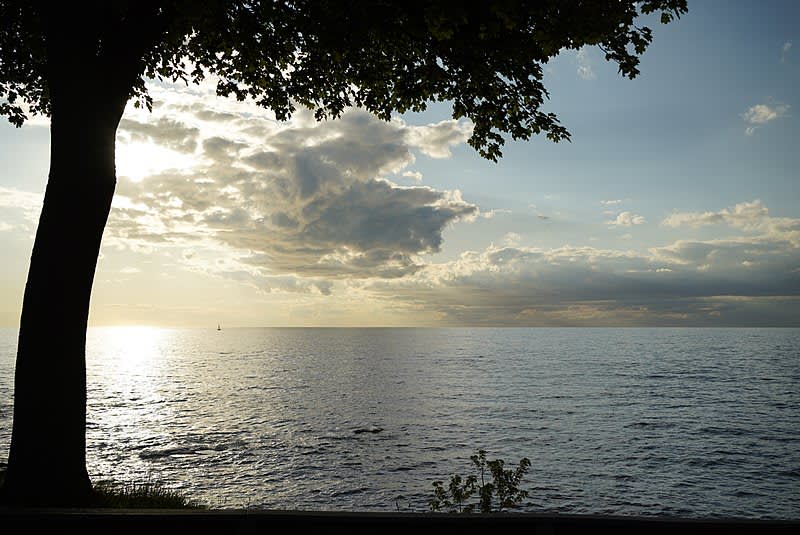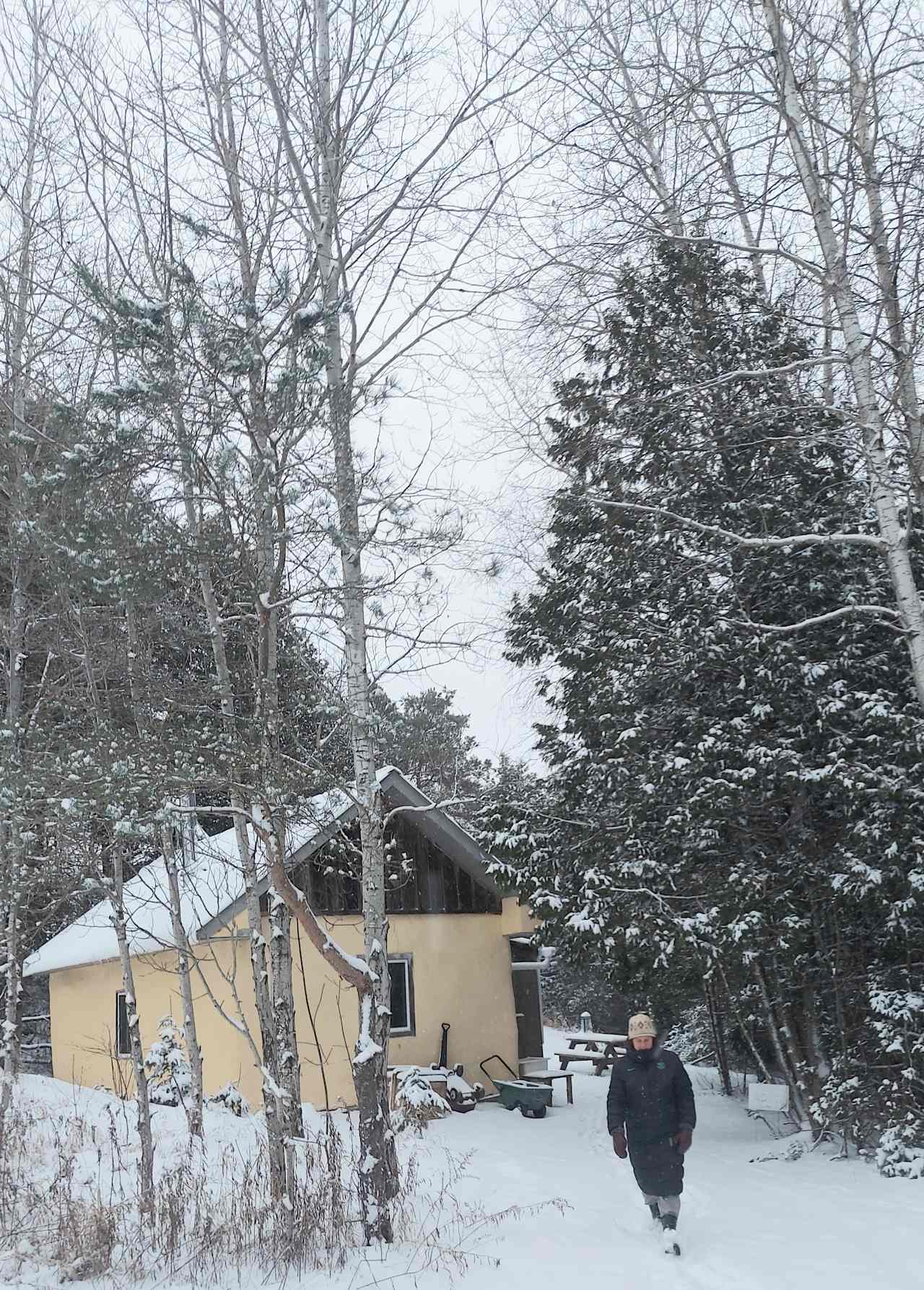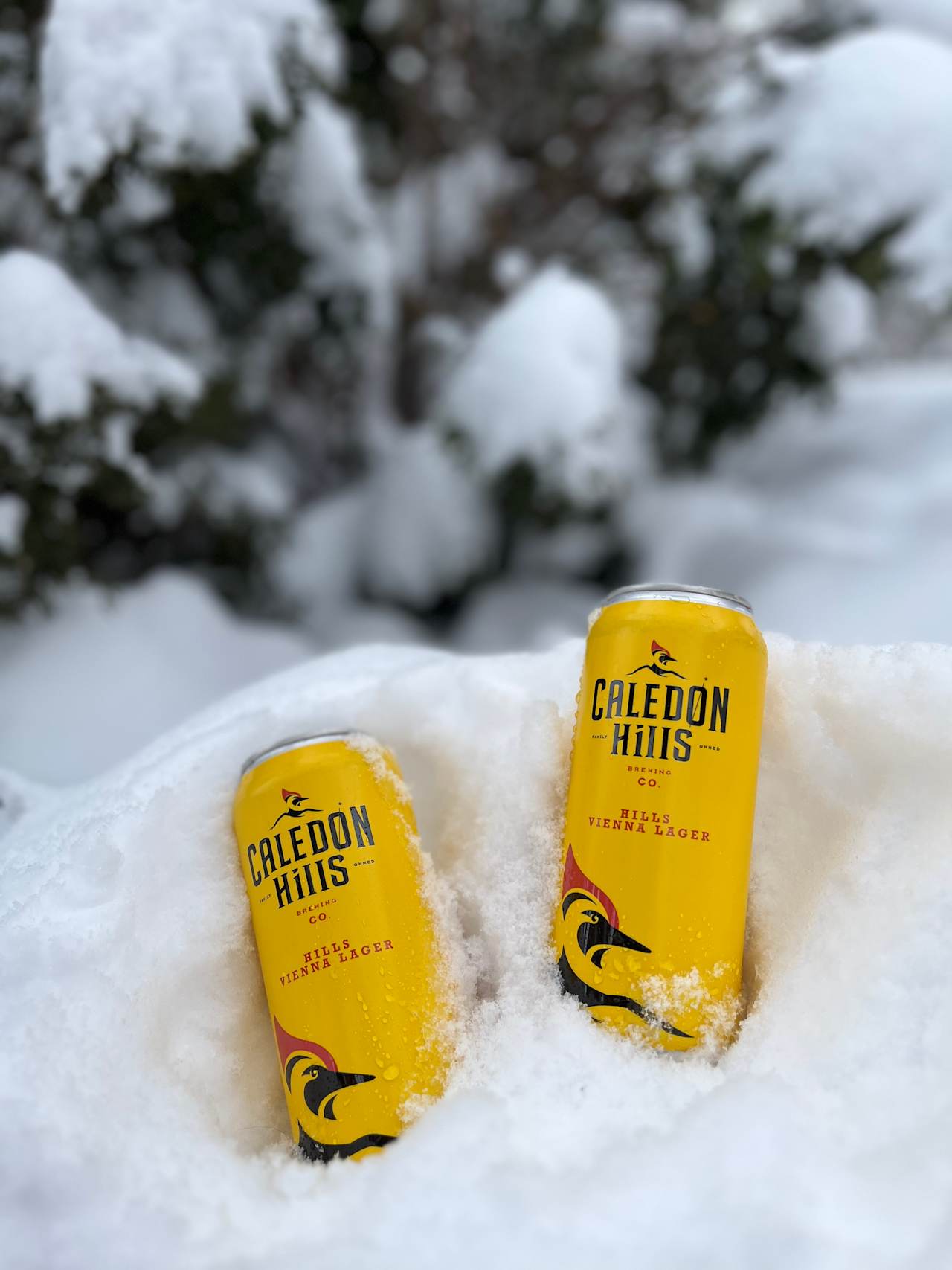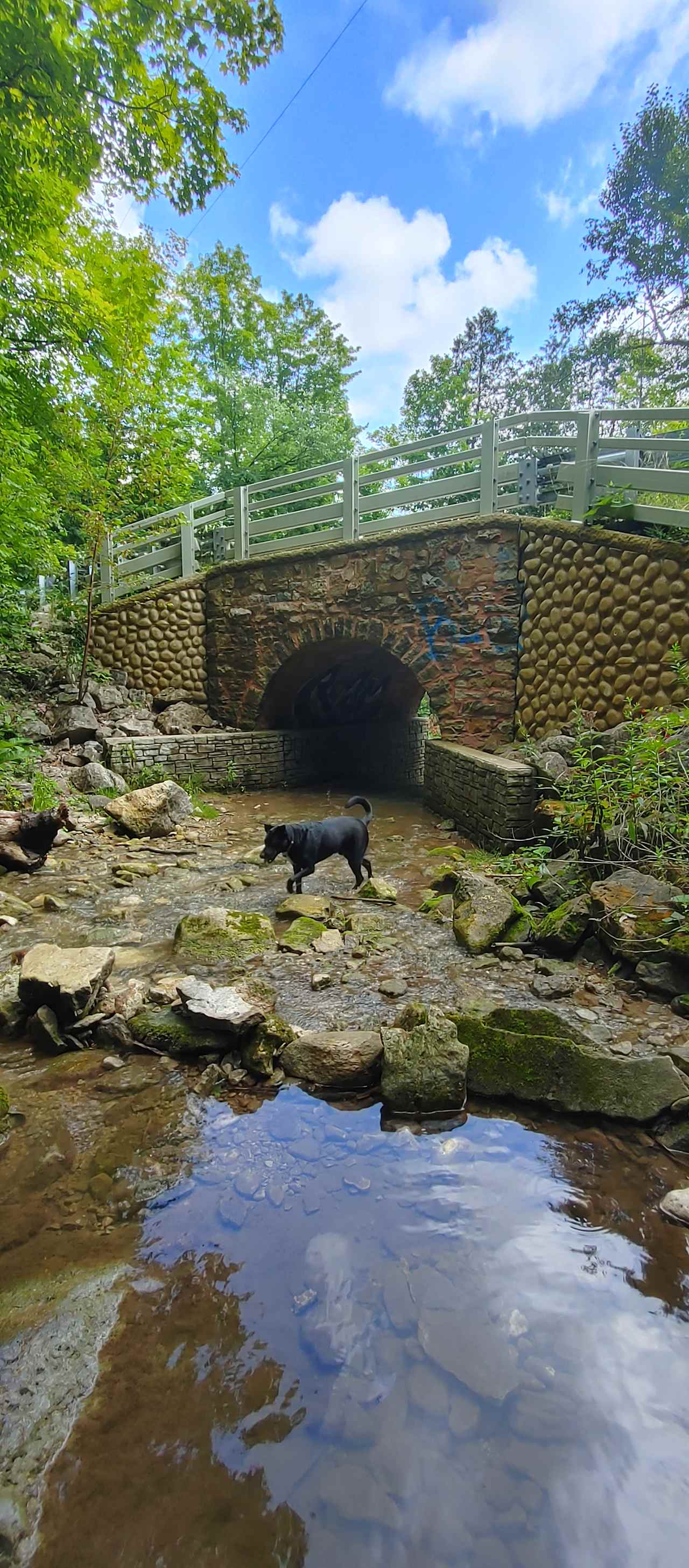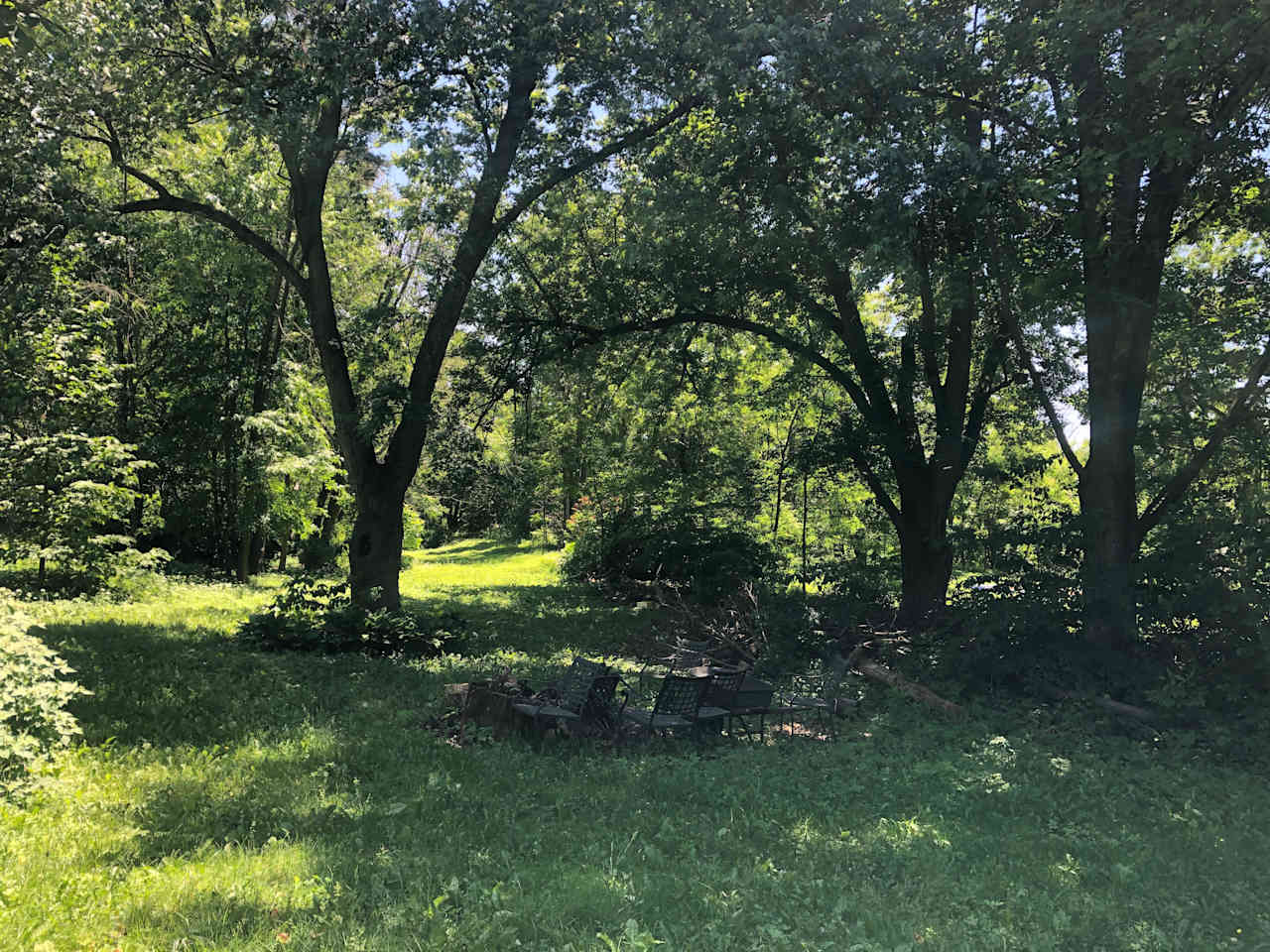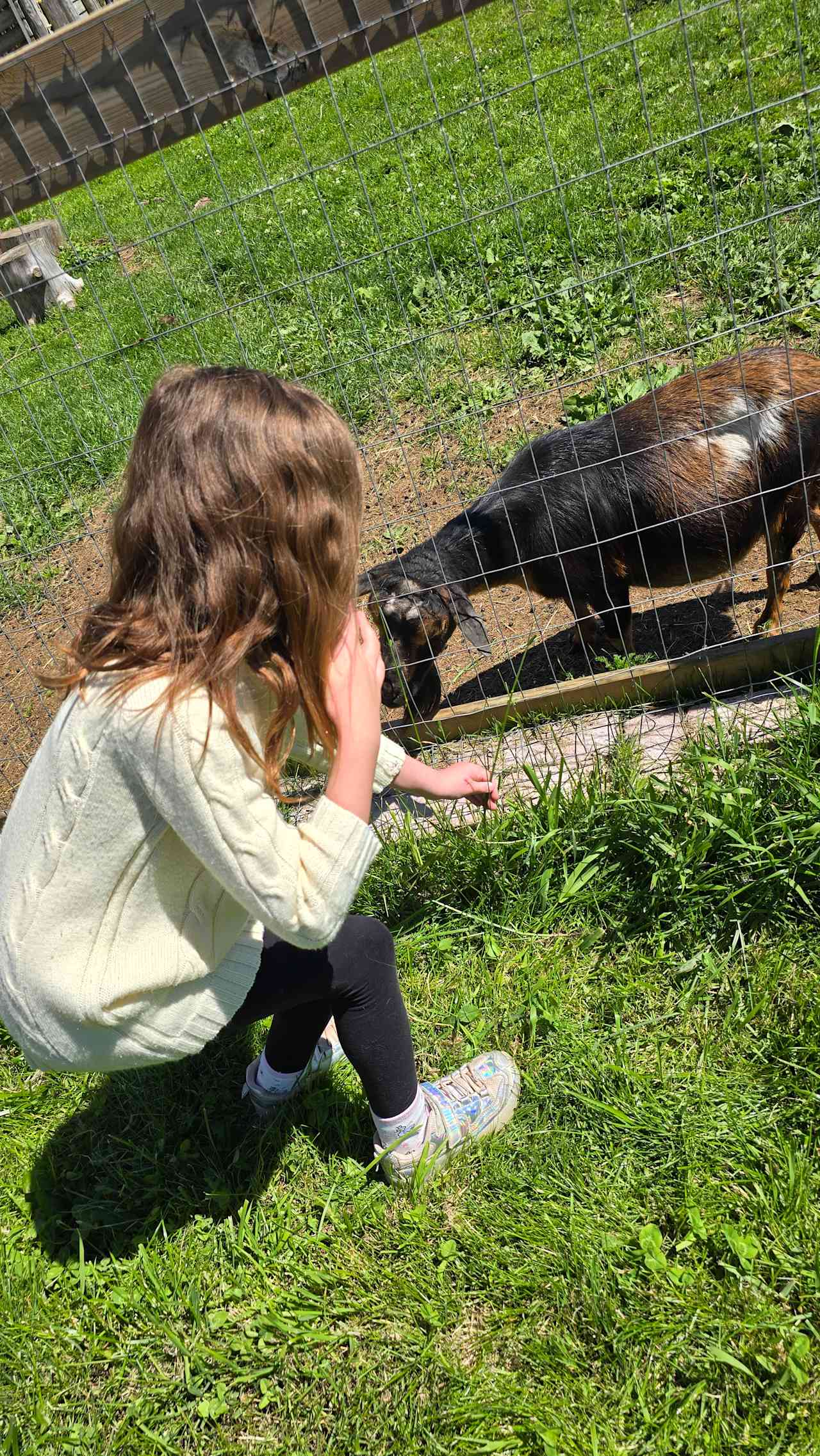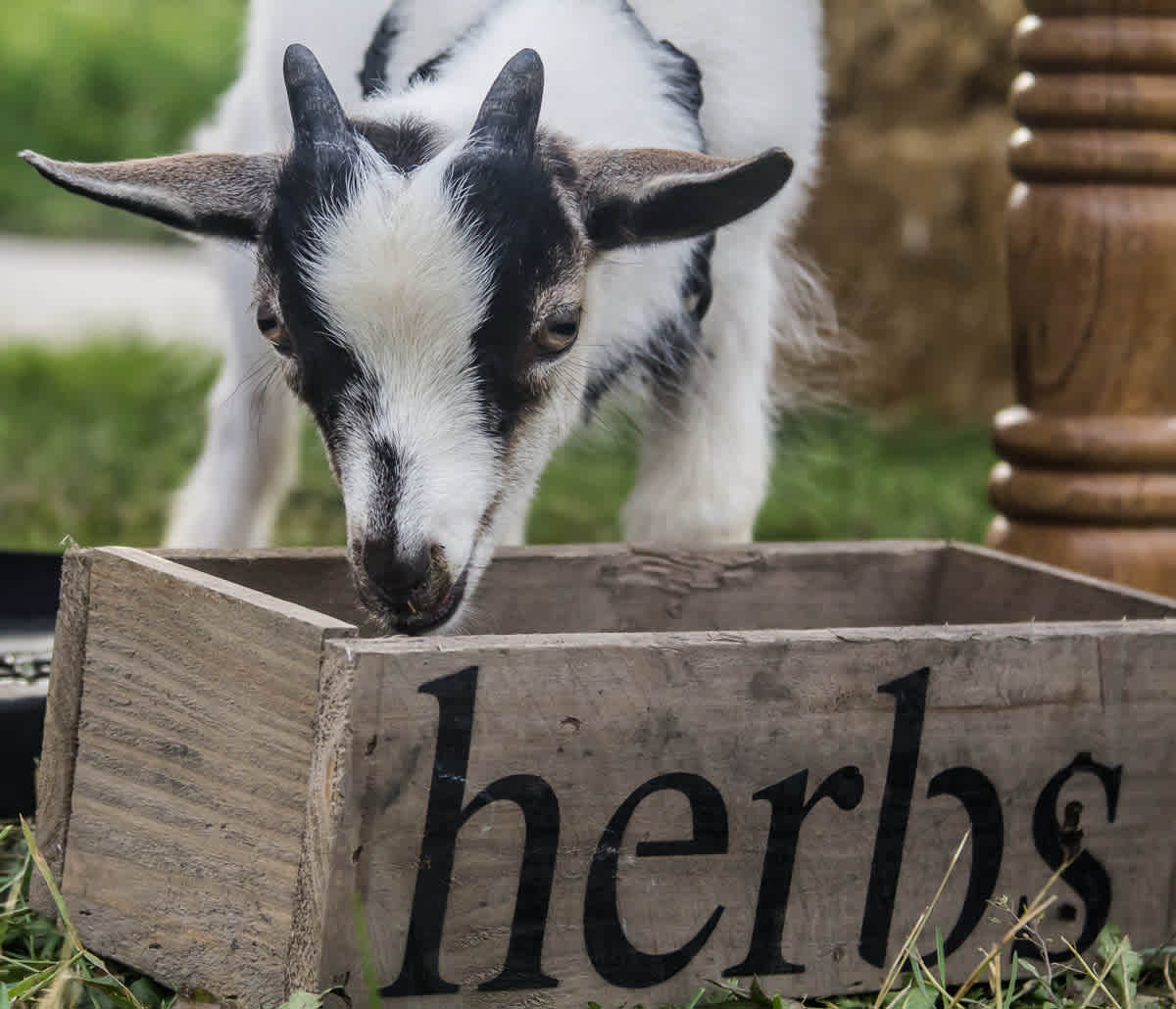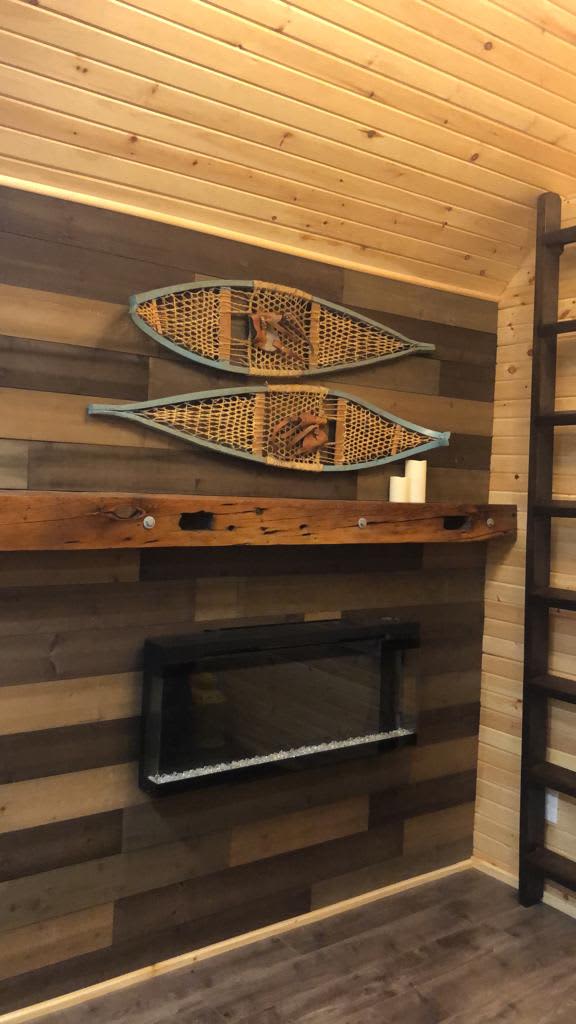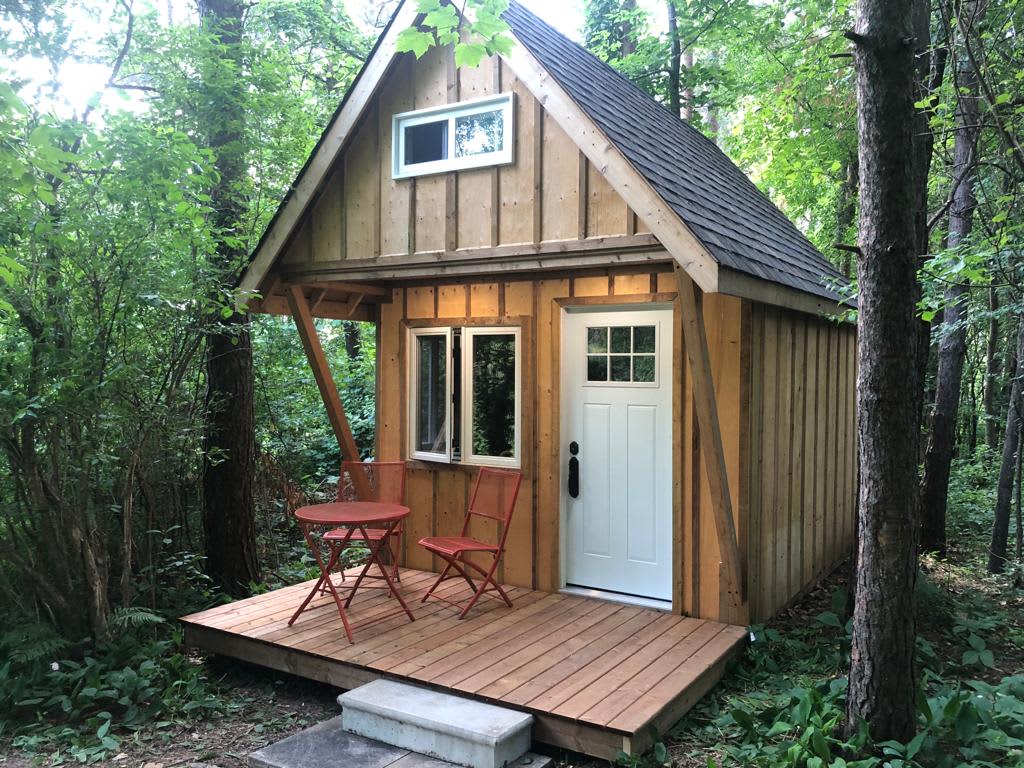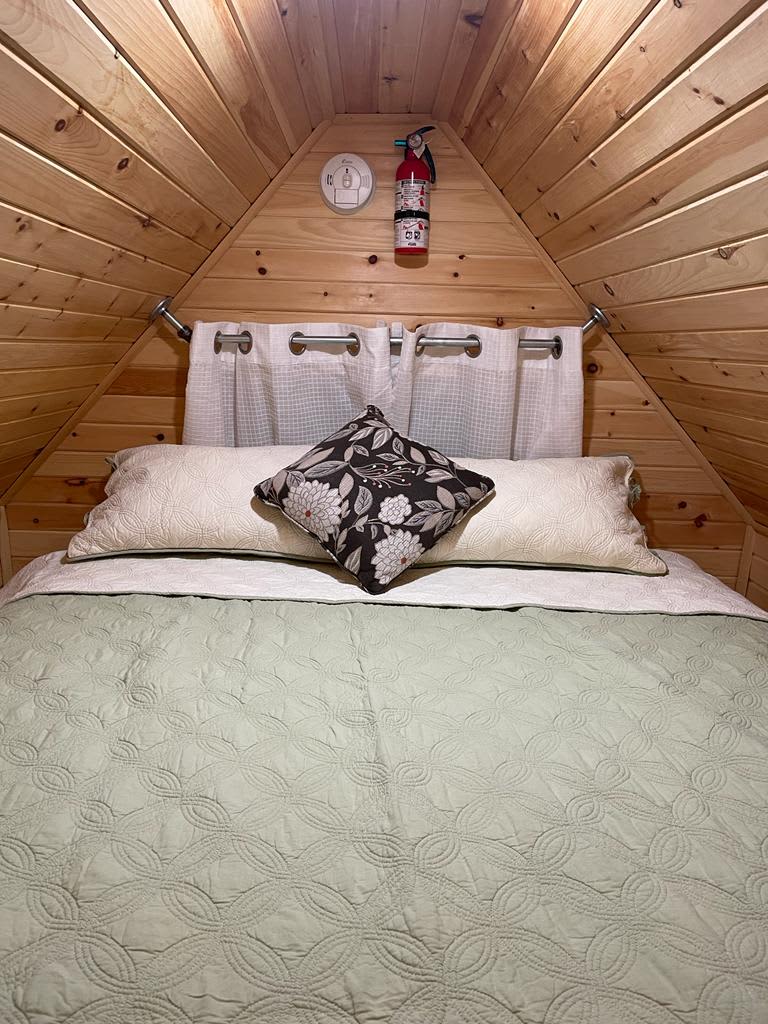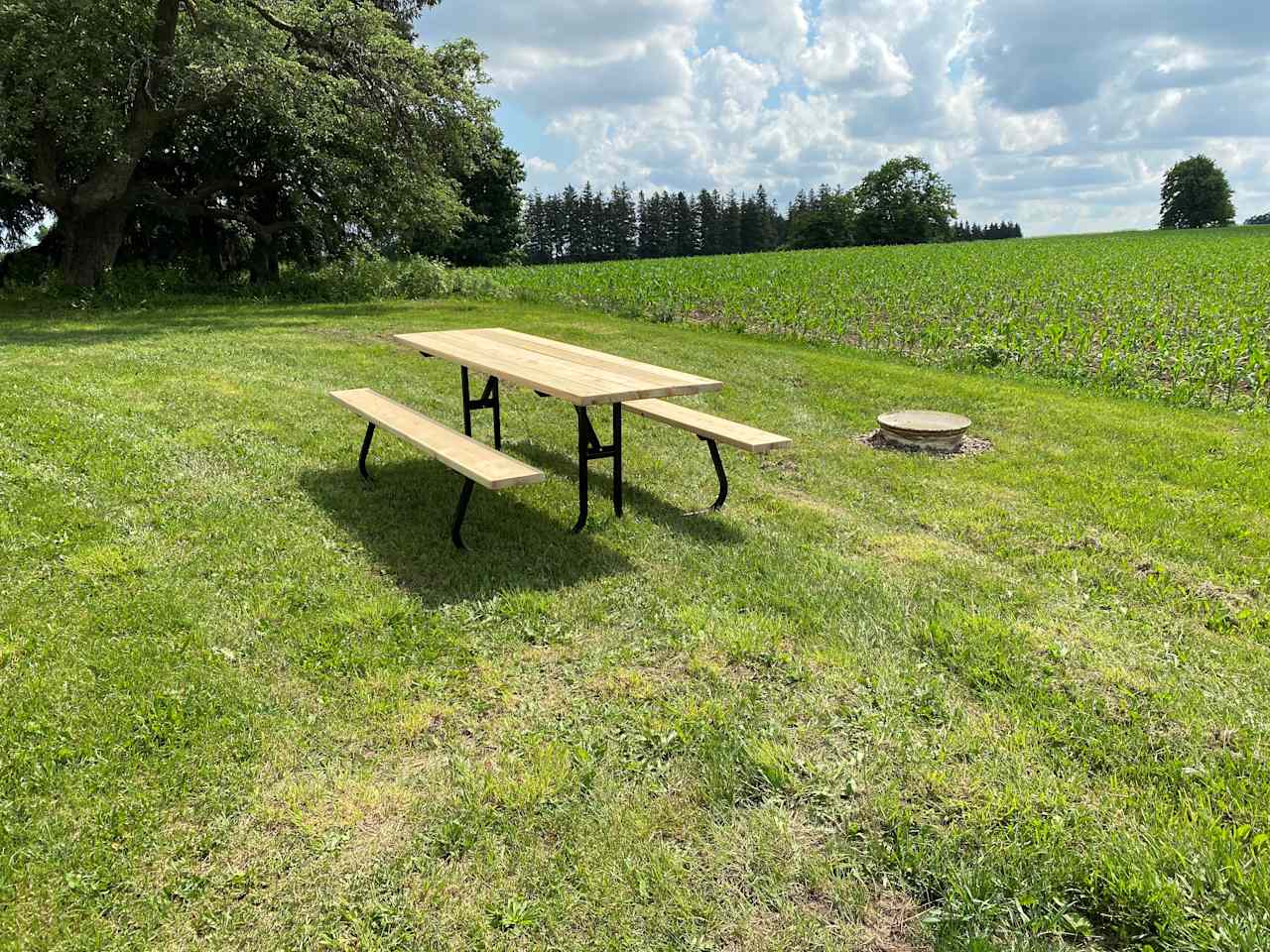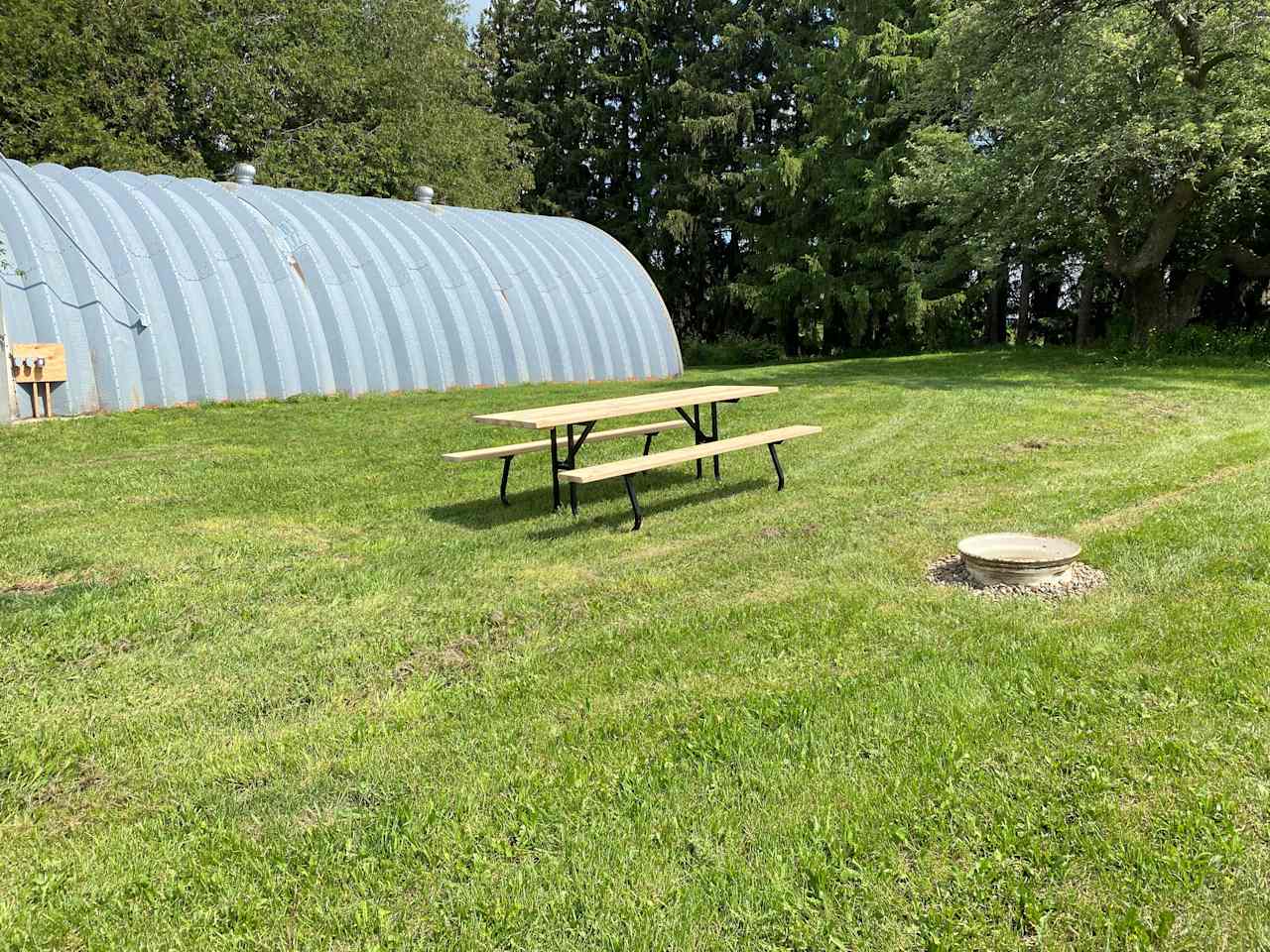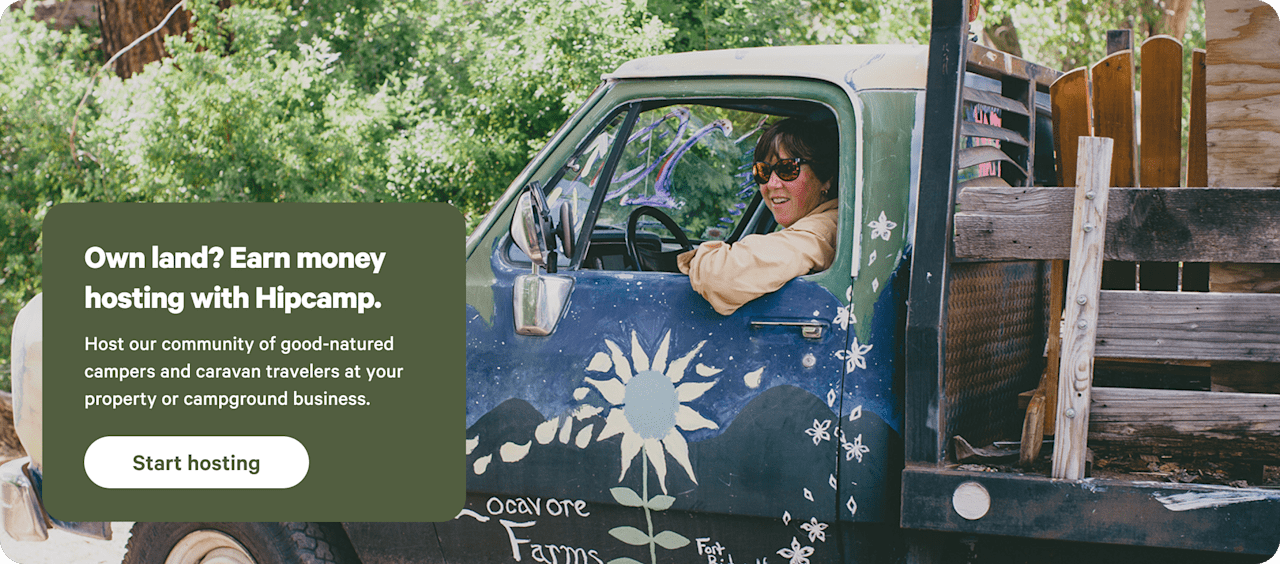Camping near Burlington
It’s not easy being green, but Burlington succeeds with over 115 parks, conservation areas, and nature reserves.
Popular camping styles for Burlington
Under $50
Dog-friendly getaways
12 top campgrounds near Burlington
Available this weekend
Star Hosts in Burlington
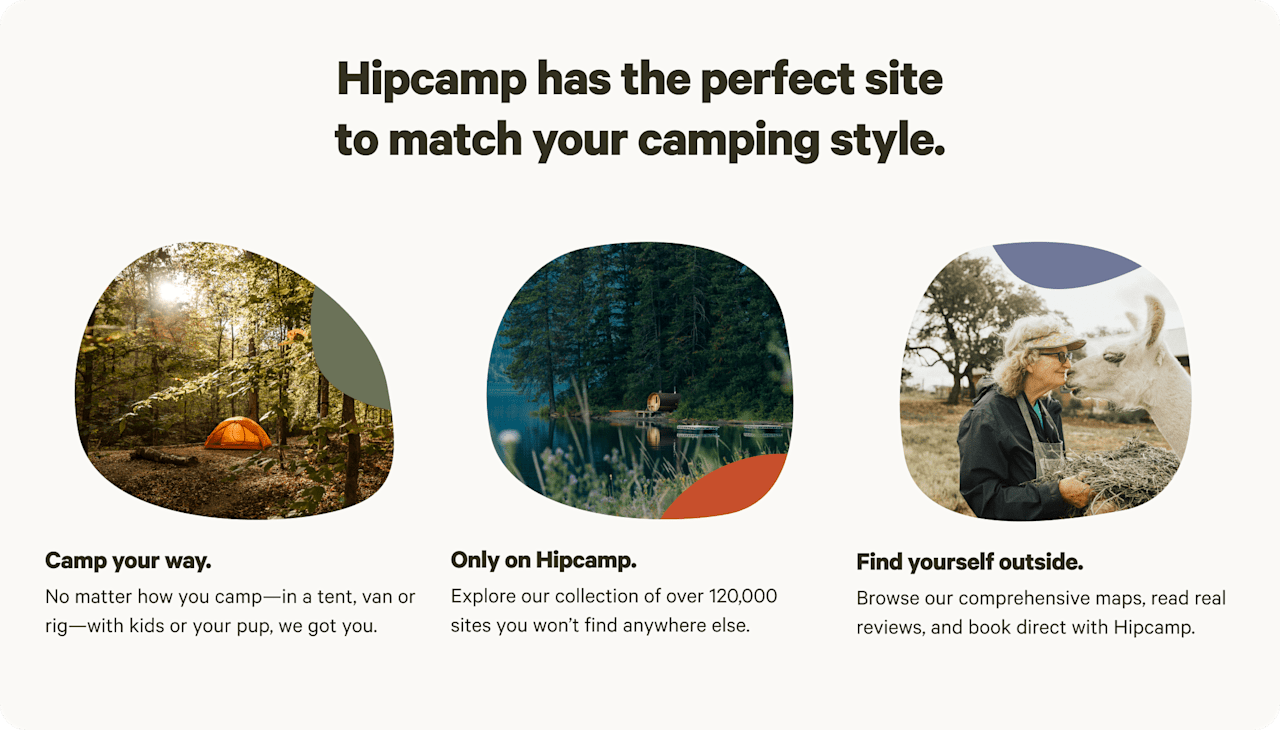

Camping near Burlington guide
Overview
A trip to Burlington can mean a visit to a big-box store, but it’s best to view this small city west of Toronto as a jumping-off point for adventure. Most impressively, more than half of the city is protected rural space, and we’re not talking just about your average parks—Conservation Halton alone has protected spaces with attractions that range from a 15th-century Iroquois village at Crawford Lake to a Raptor’s Centre that educates visitors about birds of prey at Mountsberg Conservation Area. Geological highlights include the escarpment cliffs, waterfalls, wetlands, and Lake Ontario itself, all prime for camping.
Where to go
Royal Botanical Gardens
The Royal Botanical Gardens protect over 2,400 acres of wetland, fields, forest, and escarpment ecosystems. Explore its more than 27 km of scenic walking trails, admire the garden exhibitions, or take part in a workshop during a daytime trip away from your campsite.
Conservation Halston Areas
Rattlesnake Point, Hilton Falls, Mount Nemo, Crawford Lake, Robert Edmondson, Mountsberg, and Kelso are the seven conservation areas managed by Conservation Halton. Totaling more than 10,500 acres, each has its own points of interest and all have hiking trails to explore.
Bronte Creek Provincial Park
Nearby Bronte Creek Provincial Park is a favourite for families, featuring a large outdoor pool, children’s farm, a play barn, hiking trails, and seasonal interpretive programs.
Great Lakes Waterfront Trail
The Great Lakes Waterfront Trail stretches 3,600 km and connects 155 communities along the Canadian shores of the Great Lakes. With eight waterfront parks, a historic lift, and a scenic beach, the Burlington section is particularly notable.
When to go
Each season in Burlington has its outdoor charms. Taste the sweet sugar water at the region’s maple syrup festivals in spring, hike and mountain bike in summer, or enjoy cross-country skiing in winter. Fall is the most scenic season for camping, when the region’s hardwood forests put on their colourful show of oranges, reds, and yellows.
Know before you go
- Because of its proximity to urban centres, Burlington can draw crowds. Summer and fall weekends are busy, especially if the weather is nice, so it’s best to come during the week if heading into town.
- Traffic is slow during rush hour, when the Gardiner Expressway can be particularly nightmarish. Avoid morning and evening commuting times and check the best route before you go.
